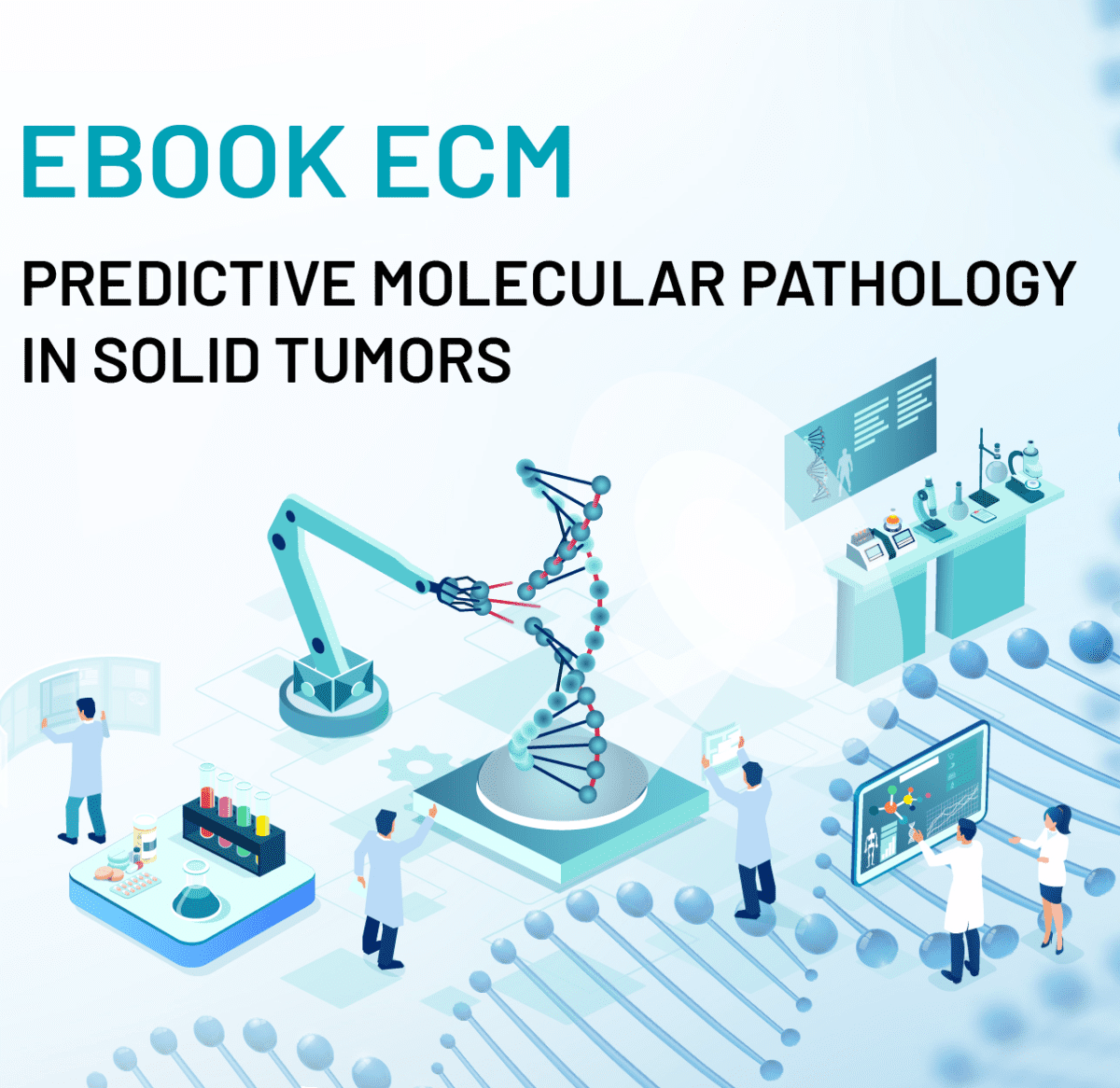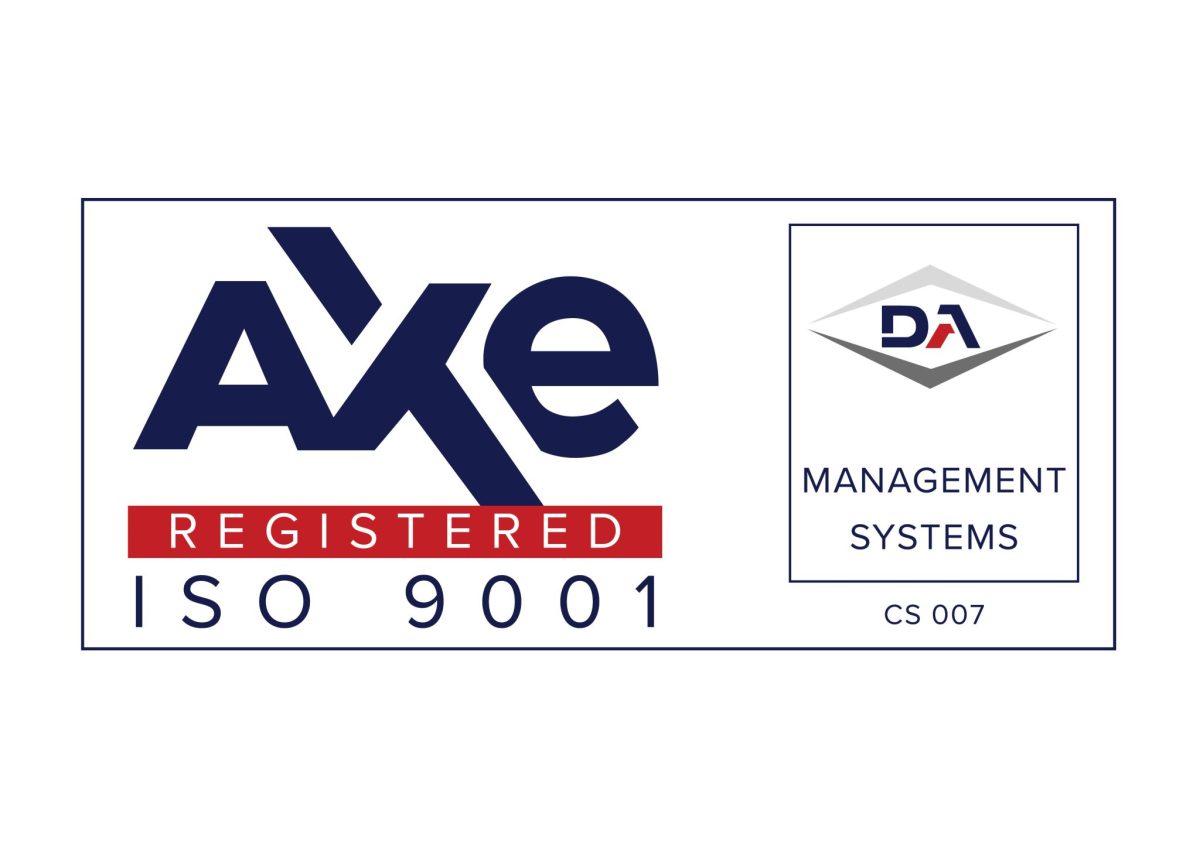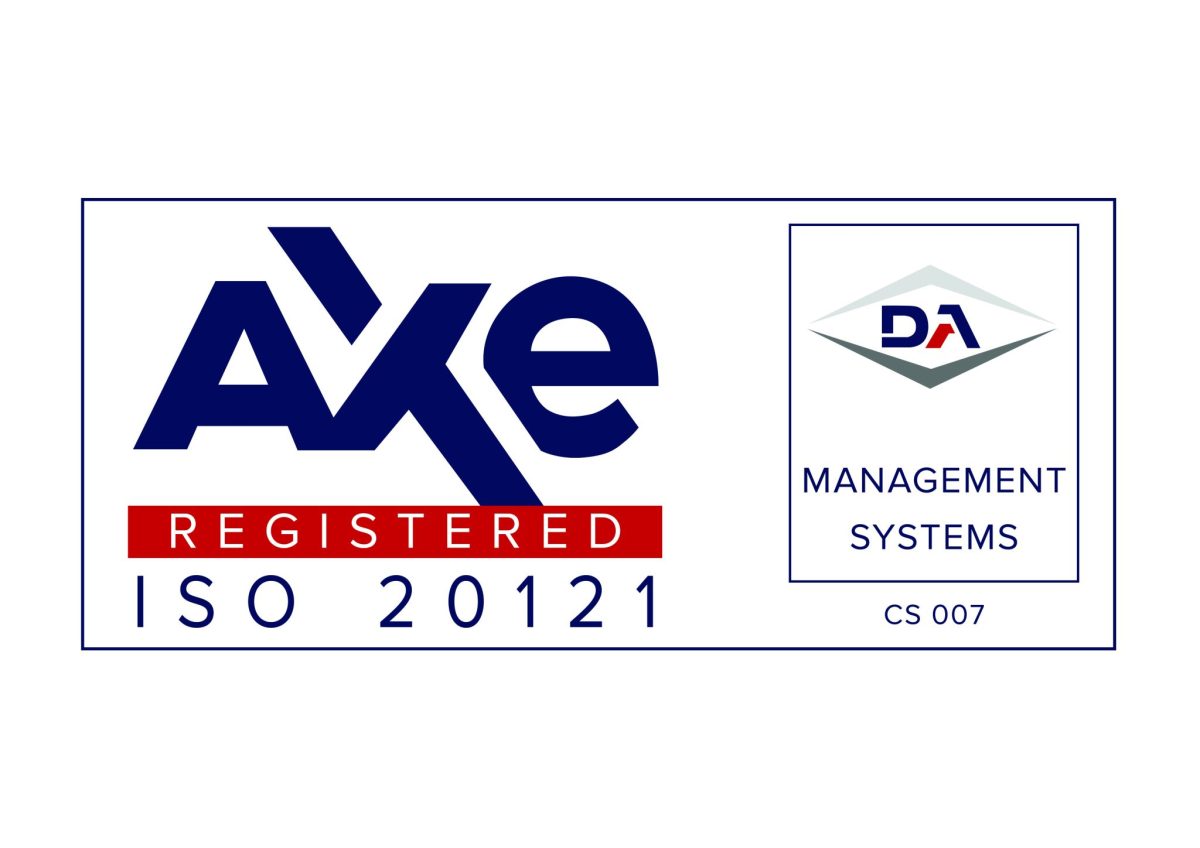Data: Dal 23 maggio 2025 al 31 dicembre 2025
Corso ECM ID: 2157- 453502 ACCREDITATO PRESSO LA COMMISSIONE NAZIONALE PER LA FORMAZIONE CONTINUA
Attribuiti 7 Crediti Formativi
Autori:
Francesco Pepe1, Rossella Bruno2, Raduan Ahmed Franca3, Alessandro Mangogna4,5, Giuseppina Roscigno6, Alessandro Russo7,8, Gianluca Russo1, Giancarlo Troncone1, Umberto Malapelle1
1 Department of Public Health, Federico II University of Naples, Via S. Pansini, 5, 80131 Naples, Italy.
2 Unit of Pathological Anatomy, University Hospital of Pisa, Via Roma 67, 56126 Pisa, Italy
3 Azienda Ospedaliera Santobono Pausilipon, Naples, Italy
4 Institute for Maternal and Child Health, Istituto di Ricovero e Cura a Carattere Scientifico (IRCCS) Burlo Garofolo, Trieste, Italy
5 Institute of Pathological Anatomy, Department of Medicine, University of Udine – Azienda Sanitaria Universitaria Friuli Centrale – ASUFC, P.le S. Maria della Misericordia, 15 – 33100 – Udine, Italy
6 Department of Biology, University of Naples Federico II, via Cinthia 26, 80126 Naples, Italy
7 Medical Oncology Department, Humanitas Istituto Clinico Catanese, Misterbianco, Catania, Italy
8 Department of Biomedical Sciences, Humanitas University, Pieve Emanuele, Milan, Italy
Accreditato per tutte le professioni
Durata corso: 7 ore
Razionale:
Precision medicine has transformed the clinical management of patients with solid tumors. In this context, numerous clinically relevant predictive biomarkers have been implemented in clinical practice to guide the management of solid tumors based on molecular profiling of tumor cells.
The evolving landscape of molecular biomarkers paved the way for the widespread adoption of Next Generation Sequencing (NGS) platforms in the clinical management of patients with solid tumors. Traditional techniques such as immunohistochemistry (IHC) and fluorescent in-situ hybridization (FISH) have been progressively integrated with molecular systems based on polymerase chain reaction (PCR) and NGS plat-forms in molecular profiling of diagnostic specimens.1 As a result, the number of clinically approved bi-omarkers has rapidly increased. Furthermore, the clinical use of comprehensive NGS panels has revealed a wide range of promising biomarkers for diagnosis, prognosis, and therapeutic decision-making of solid tu-mors.
A major challenge is the lack of standardized pre-analytical procedures, which affects the success rate of interpretable molecular results when applying molecular techniques. Liquid biopsy has emerged as an integrative biological matrix that supports molecular testing when ‘gold standard’ tissue specimens are insufficient for molecular analysis. The term ‘liquid biopsy’ encompasses various biological fluids – e.g., blood, urine, plasma, saliva, CFS – containing analytes such as circulating tumor cells (CTCs), microRNAs (miR-NAs), circulating free DNA (cfDNA), and extracellular vesicles (EVs), which can be isolated using specific technical platforms. Given these critical issues, integrating diagnostic approaches based on harmonized pre-analytical, analytical, and data reporting strategies should be encouraged for stratifying patients who could benefit from targeted therapies.
To address these emerging challenges, diagnostic strategies require optimized protocols tailored to pre-analytical and analytical issues encountered in diagnostic clinical setting.
Here, the authors want to comprehensively evaluate the predictive biomarkers routinely approved for various solid tumors, focusing on technical solutions, molecular aspects, and clinical outcomes.




